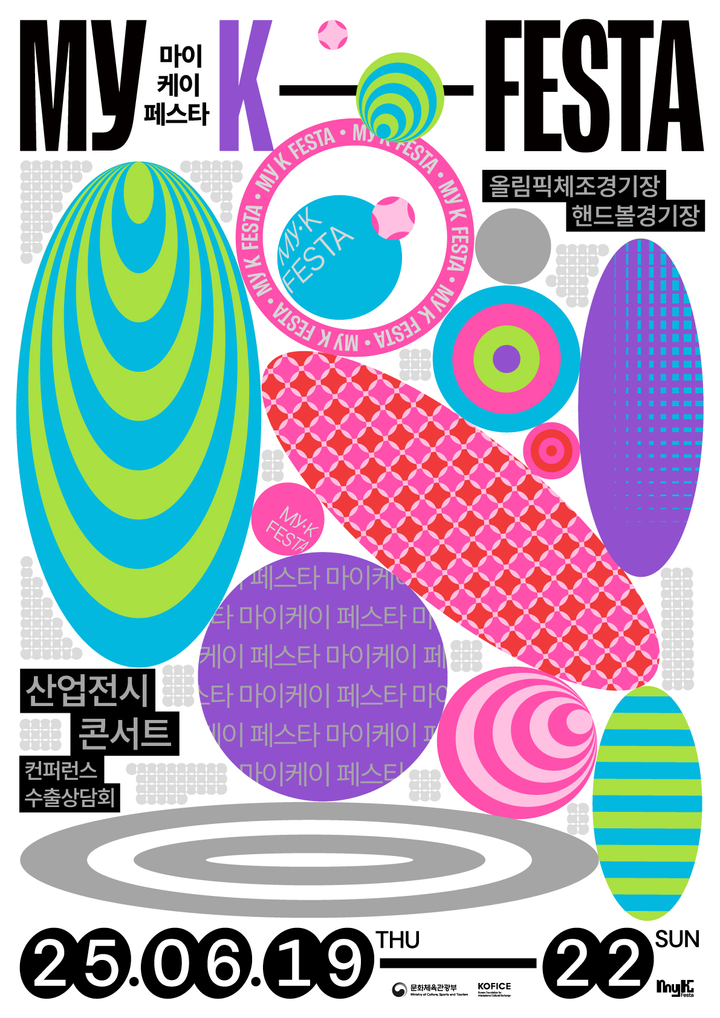The Return of Royal Spirits: Jongmyo Shrine Reopens After Five-Year Restoration
After five years of meticulous restoration, Jongmyo Shrine reopens its gates. On April 20, ancestral tablets of Joseon kings and queens will return in a historic royal procession — the first in over a century — rekindling Korea’s enduring dialogue with its royal past.

Seoul, South Korea — On April 20, Seoul will witness an event of rare ceremonial and historical gravity. After five years of large-scale restoration, the main hall of Jongmyo Shrine — Korea’s foremost royal Confucian sanctuary — will reopen to the public. To mark this occasion, a traditional royal procession will reenact the symbolic return of ancestral spirit tablets of Joseon kings and queens from Changdeokgung Palace to their original resting place in Jongmyo. This will be the first time in 155 years such a procession is held, involving more than 1,100 participants and traversing the heart of the capital.
Jongmyo Shrine, originally constructed in 1395 by King Taejo, the founding monarch of the Joseon Dynasty, is one of Korea’s most significant cultural sites. Its main hall, designated as National Treasure No. 227 and recognized as a UNESCO World Heritage Site, has served for over six centuries as the locus of jerye (royal ancestral rites). These rites, performed with ritual music and Confucian ceremony, represent the enduring moral and political philosophy of the Korean monarchy.
The restoration, which began in 2020, was not merely a structural project but a carefully managed cultural preservation effort. Issues such as roof tile degradation, structural cracks, and weather-related damage necessitated not only repair but an aesthetic and material recovery of the building’s original state. Modern scientific techniques, including dendrochronology (tree-ring dating), were employed alongside traditional artisanship, confirming that parts of the hall date back to the early 17th century, during the reign of King Gwanghaegun.
The Korea Heritage Service has emphasized that this restoration is part of a broader mission: not only to safeguard architectural integrity, but also to revitalize public engagement with Korea’s cultural heritage. The use of historical royal protocols — drawn from detailed uigwe manuscripts — in the upcoming ceremony further underscores this aim.
Beyond its architectural and ceremonial value, the April 20 event offers a symbolic reflection on how contemporary Korea chooses to relate to its past. In an age of rapid change, the procession is a reminder that tradition, when maintained with care and context, can serve as both cultural inheritance and a living dialogue between generations.



Comments ()